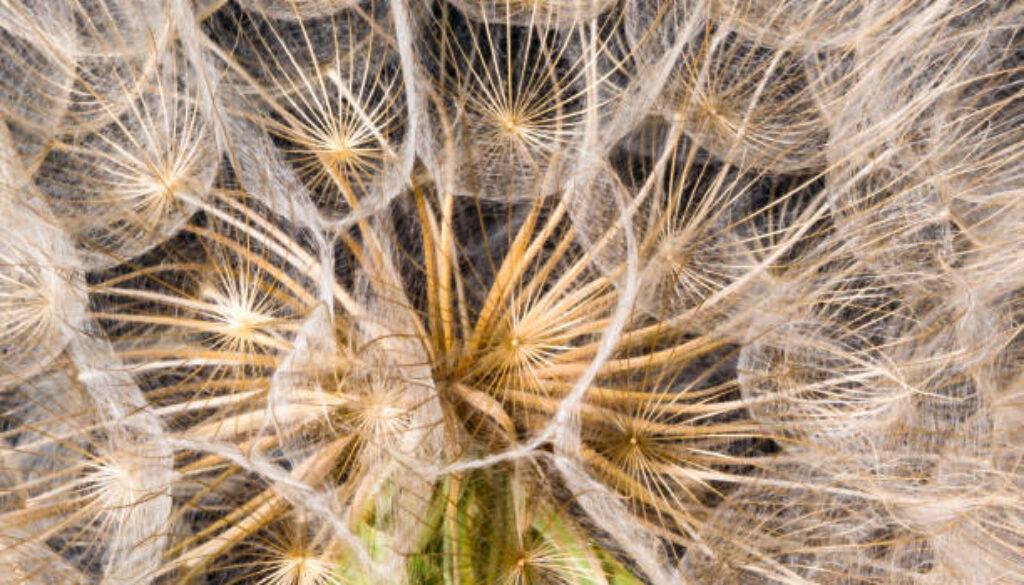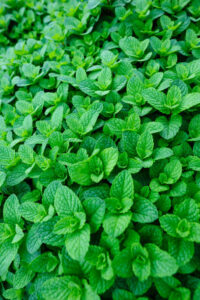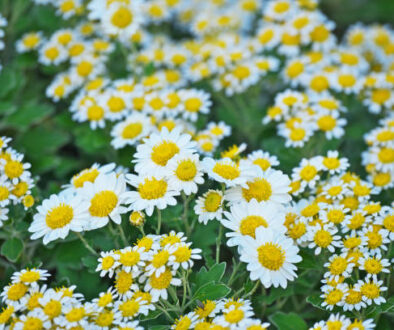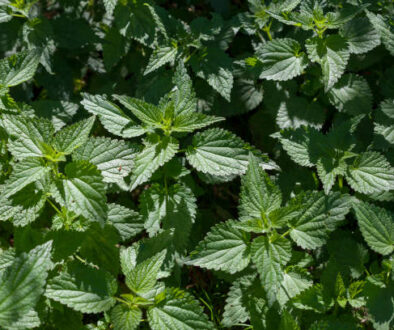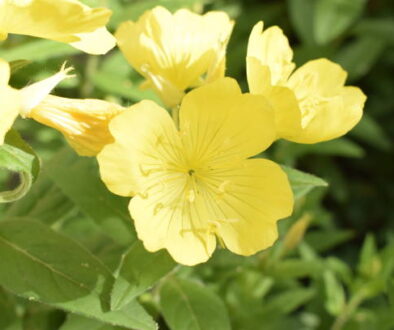15 Medicinal Plants for Natural Healing: Create Your Own Backyard Pharmacy
This post may contain paid and/or affiliate links. I may earn a small commission at no extra cost to you.
Ever wished you could walk into your own backyard and find the cure for a sore throat, a headache, or even a restless night?
That’s the beauty of having a medical garden. With the right plants, your yard can double as a healing herb garden and give you fresh, natural remedies whenever you need them.
You don’t have to be an expert to start; anyone can grow a small herbal medicine garden or even keep a few pots on a balcony.
A well-planned medicinal herb garden isn’t just about health; it’s also a beautiful, calming space you’ll love spending time in.
By learning a bit about medicinal plants, you can turn ordinary soil into your personal pharmacy.
Add some smart garden companion planting and you’ll boost growth while keeping pests away.
Ready to turn your space into a healing garden design that works for you year-round? Let’s get going.
Related:
- The 10 Best Herbal Plants And Their Uses You Need in Your Medicine Garden
- 12 Stunning Medicinal Herbs With Real Healing Power
- Full Steps Guide to Medicinal Herbs to Grow in Early Summer
1. Aloe Vera – The Skin and Digestive Hero of Your Medical Garden
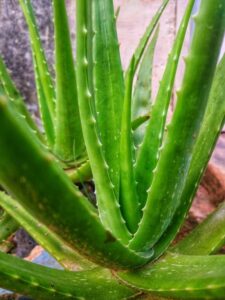
Aloe vera is a true superstar in any healing herb garden.
Its thick, gel-filled leaves hold powerful soothing and anti-inflammatory properties.
You can slice open a leaf to treat burns, cuts, or sunburn almost instantly.
The cooling effect provides quick relief while the natural compounds help speed up skin recovery.
It’s also safe to keep indoors in a pot, making it a year-round part of your herbal medicine garden.
Beyond skin health, aloe vera juice is often used to aid digestion and support gut health.
💡Quick Note: Learn How To Transform A Typical Money-Draining House Into A Tiny Profitable Off-The-Grid Homestead. Click Here To Get Started Now!
Some people mix small amounts into smoothies to help with constipation or stomach irritation.
It’s one of the easiest medicinal herb garden plants to care for; just give it bright light and occasional water.
Ever wondered what makes it so reliable?
The combination of vitamins, minerals, and antioxidants makes it a must-have in your natural medicine garden.
2. Chamomile – Calming Comfort for Mind and Body
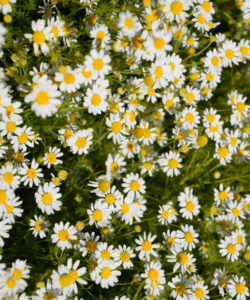
Chamomile belongs in every herbal garden thanks to its gentle yet effective healing properties.
The daisy-like flowers make a fragrant tea that can help with insomnia, anxiety, and even upset stomachs.
A cup before bed can calm your nerves and prepare you for better sleep.
If you’re growing it as part of a healing herb garden, you’ll love how quickly it blooms and how little care it needs.
It’s not just for tea lovers, though. Chamomile can be used in homemade lotions or compresses to soothe skin irritations.
Many gardeners plant it alongside vegetables as part of garden companion planting, since it can repel pests and attract pollinators.
If you want a dual-purpose plant that’s as pretty as it is useful, chamomile is one of the best additions to your healing garden design.
3. Peppermint – The Cooling Reliever in Your Medicine Garden
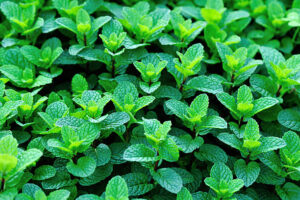
Peppermint is well-known for its crisp, refreshing taste, but it’s also a valuable plant for natural healing.
Fresh leaves or tea can help relieve digestive issues, headaches, and congestion.
The menthol in peppermint acts as a natural decongestant, making it perfect for cold and allergy season.
🌼Don’t You Dare To Miss Out On This Kit! The Medicinal Garden Kit is a Must-Have for Your Garden. Click Here to Access Now!
That’s why it’s such a strong candidate for your medical garden medicinal plants list.
It’s also incredibly easy to grow, sometimes too easy.
In an outdoor herbal medicine garden, peppermint can spread quickly, so keeping it in a container is often the best option.
Beyond its medicinal benefits, peppermint leaves can be used in cooking, drinks, or even homemade beauty products.
Ever tried adding fresh peppermint to lemonade on a hot day? It’s a game-changer.
4. Lavender – Beauty and Healing in One Plant
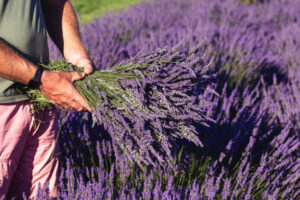
Lavender is both a visual delight and a therapeutic powerhouse.
Known for its relaxing aroma, it’s often used to ease stress, promote sleep, and even improve mood.
Adding lavender to your healing herb garden gives you a plant that’s as decorative as it is practical.
You can make lavender sachets, essential oils, or simply enjoy the calming scent drifting through your garden.
Lavender also plays a role in natural pest control.
In garden companion planting, it helps deter moths, flies, and mosquitoes while attracting bees and butterflies.
The plant prefers sunny spots with well-drained soil, making it perfect for warmer climates.
Whether you use it for herbs medicinal healing or just to brighten your space, lavender is a versatile addition to any herbal garden.
5. Echinacea – The Immune-Boosting Star
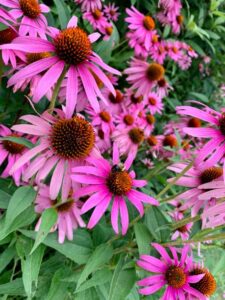
Echinacea, with its vibrant purple petals, is one of the most popular plants in herbal medicine gardens.
It’s best known for strengthening the immune system and helping to fight colds and infections.
Many people drink echinacea tea or take tinctures to shorten the duration of illness.
Keeping it in your medicinal herb garden means you’ll always have fresh flowers ready to use.
This hardy perennial is low-maintenance, making it a great choice for beginners.
In addition to its health benefits, echinacea attracts pollinators like bees and butterflies, which helps your other plants thrive.
It’s a perfect example of garden companion planting working in your favor.
6. Rosemary – A Fragrant Addition to Your Healing Garden Design
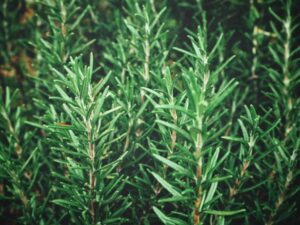
Rosemary’s strong aroma and rich flavor make it a favorite for cooking, but it’s also packed with medicinal value.
Traditionally used to improve memory, boost circulation, and reduce muscle pain, rosemary has earned a spot in any medical garden.
Simply inhaling its scent can help refresh your mind and improve focus.
It’s an easy-care plant that thrives in sunny, dry spots, making it perfect for low-maintenance gardeners.
Rosemary also acts as a natural pest deterrent, so placing it near other plants in garden companion planting can help protect your garden naturally.
7. Thyme – Small Leaves, Big Healing Power
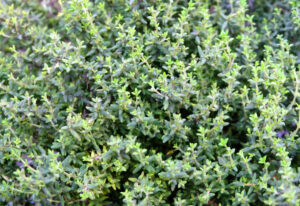
Thyme may be tiny, but it’s loaded with antibacterial and antifungal compounds.
It’s often used to help with respiratory issues, sore throats, and infections.
Learn How To Transform A Typical Money-Draining House Into A Tiny Profitable Off-The-Grid Homestead. Click Here To Get Started Now!
Adding thyme to your herbal medicine garden ensures you have a natural remedy on hand year-round.
It’s also a hardy plant that can handle drought and poor soil, which makes it perfect for low-effort healing garden design.
And with its strong aroma, thyme is another plant that works well in garden companion planting, keeping pests away while enriching your garden’s overall health.
8. Sage – The Purifying Plant
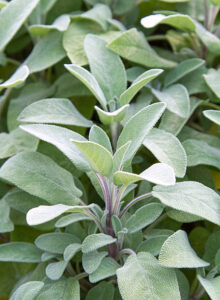
Sage has long been valued in medicinal herb gardens for its antibacterial and anti-inflammatory properties.
Drinking sage tea can help with sore throats, digestive problems, and even hot flashes.
Many also burn sage for its traditional use in cleansing and purifying spaces.
In the garden, sage pairs well with plants like rosemary and thyme as part of smart garden companion planting strategies.
It thrives in sunny, dry areas and adds a touch of silvery beauty to your healing herb garden.
9. Calendula – Bright Blooms, Gentle Healing
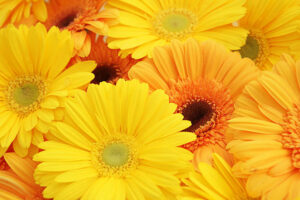
Calendula’s sunny orange flowers are more than just pretty—they’re packed with skin-healing properties.
Salves made from calendula can soothe cuts, scrapes, and rashes, making it a favorite in medical garden medicinal plants.
This cheerful flower also attracts beneficial insects, making it a great choice for garden companion planting.
Calendula grows easily from seed and blooms over a long season, ensuring a steady supply of petals for your herbal medicine garden.
10. Basil – Culinary Delight and Natural Healer
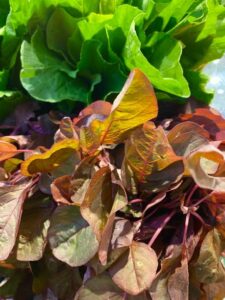
Basil isn’t just for pasta; it’s also a staple in many herbal gardens for its anti-inflammatory and antibacterial benefits.
Holy basil, in particular, is known for helping reduce stress and supporting immune health.
It grows quickly in sunny spots and works beautifully in garden companion planting, protecting tomatoes and other vegetables from pests.
Keeping basil in your healing herb garden ensures you always have both flavor and medicine at hand.
11. Lemon Balm – The Gentle Mood Lifter in Your Healing Herb Garden
Lemon balm is a calming herb with a light citrus scent that makes it a favorite in any herbal medicine garden.
It’s well known for easing stress, improving sleep, and aiding digestion.
A simple tea made from its leaves can help you relax after a long day, and it’s gentle enough for most people to enjoy regularly.
In the garden, lemon balm is a hardy grower that thrives in both sun and partial shade.
However, it can spread quickly, so planting it in a pot or contained area of your medicinal herb garden is smart.
It also attracts bees, making it a valuable part of your garden companion planting plan.
12. Parsley – More Than a Garnish in Your Herbal Garden
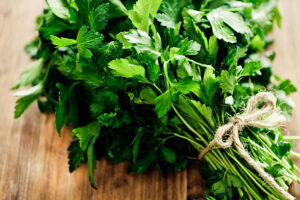
Parsley might seem ordinary, but it’s a nutrient-packed plant worth having in your medicine garden.
Rich in vitamins A, C, and K, it supports immune function and helps reduce bloating.
Drinking parsley tea or adding it fresh to meals can give you a nutritional boost while also supporting kidney health.
Parsley grows well alongside many vegetables, making it a great option for garden companion planting.
It’s a biennial plant, so it produces leaves in its first year and flowers in the second, giving you a steady supply for your healing herb garden.
13. Turmeric – The Golden Healer for Your Medical Garden Medicinal Plants
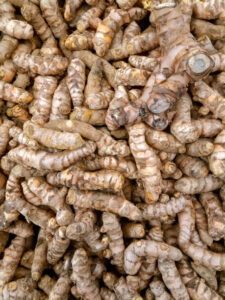
Turmeric’s bright golden roots are famous for their anti-inflammatory and antioxidant properties.
In herbal medicine gardens, it’s often used to help with joint pain, digestion, and overall wellness.
Fresh turmeric can be grated into curries, teas, or smoothies for daily health support.
It grows best in warm climates or indoors in pots, making it possible to add this powerhouse to your medicinal herb garden even if you don’t live in the tropics.
Pairing turmeric with other healing plants in your healing garden design creates a well-rounded natural pharmacy.
14. Yarrow – The First Aid Plant in Your Herbal Medicine Garden
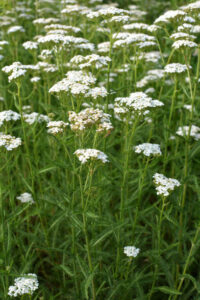
Yarrow has been used for centuries to stop bleeding, speed wound healing, and reduce inflammation.
In your healing herb garden, you can use its fresh leaves for minor cuts or brew them into a tea for colds and fevers.
Want to discover the secrets the interior decorators use? This guide comes with all the interior design principles and stylish home decoration. Click Here To Access Now!
It’s a hardy perennial that thrives in many conditions, making it an easy addition to your medical garden.
Plus, its feathery foliage and small flowers attract pollinators, adding beauty and biodiversity to your garden companion planting strategy.
15. Garlic – The Immune Defender in Your Medicine Garden
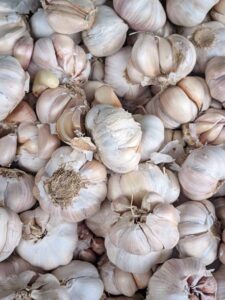
Garlic is one of the most powerful medical garden medicinal plants you can grow.
It’s well known for supporting heart health, boosting the immune system, and fighting infections thanks to its natural antibacterial and antiviral properties.
Eating raw garlic or adding it to meals can help ward off illness.
It’s also easy to grow and fits seamlessly into garden companion planting, protecting nearby plants from pests.
Whether you grow it in beds or pots, garlic is a year-round essential for any medicinal herb garden.
Conclusion
A well-planned medicinal herb garden is more than just a collection of plants, it’s your own living medicine garden.
From soothing burns with aloe vera to calming your mind with lavender, each plant adds value to your daily life.
By blending smart garden companion planting with a thoughtful healing garden design, you can create a beautiful and functional space that supports your health naturally.
Whether you start small or go all-in, your backyard can truly become your personal pharmacy.
FAQs
- Can I grow a medicinal herb garden in pots?
Yes! Many plants like aloe vera, peppermint, and basil grow beautifully in containers with enough sunlight. - How do I keep pests away naturally?
Use garden companion planting—plants like lavender, rosemary, and thyme naturally repel unwanted insects. - Do medicinal plants need special soil?
Most thrive in well-drained soil. Adding compost can improve both health and yield. - Are all medicinal plants safe to use?
Not always. Some herbs may interact with medications or cause allergic reactions, so it’s best to research each plant before using it.
